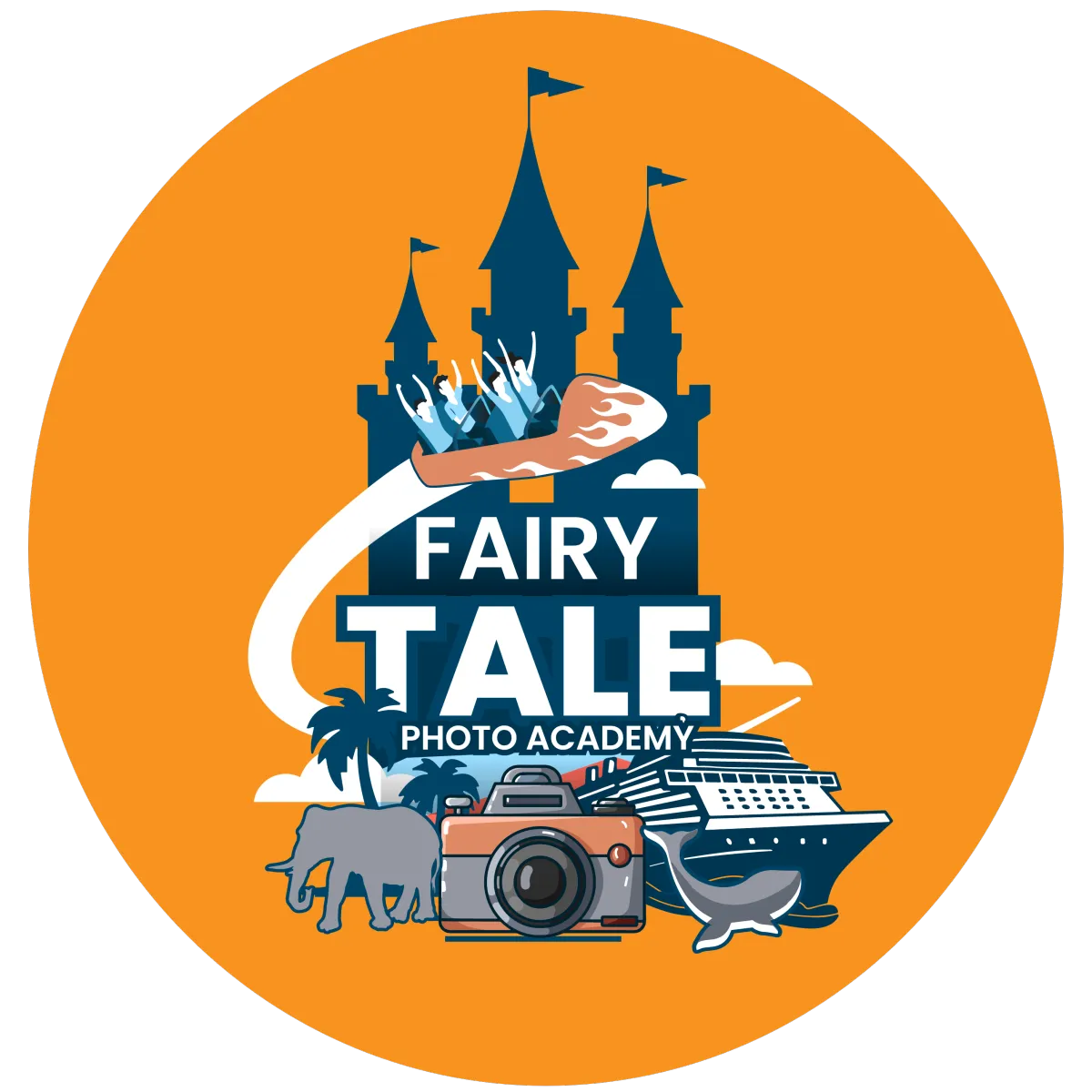
Illusion of Solitude: How to Photograph Busy Parks Like They’re Empty
Let’s face it—theme parks are crowded. Always have been, always will be. But that doesn’t mean your photos have to reflect the chaos. With a little planning, clever positioning, and a few photographic tricks, you can create serene, crowd-free images that make it look like you had the park all to yourself.
In this article, I’ll walk you through practical, in-camera techniques you can use to create the illusion of solitude—without needing Photoshop or advanced editing skills. These tips work whether you’re a casual phone shooter or carrying more advanced gear, and they’ll help you capture magical images, even on the busiest park days.
Get There Early: Rope Drop is Your Best Friend
One of the best times to capture empty areas of the park is right at the start of the day. Arrive early for rope drop, when parks begin letting guests into holding areas before the official opening time. When the ropes are removed, most guests make a beeline for the headliner attractions. That leaves quieter corners of the park virtually empty—for a little while. Use those precious early hours to explore and photograph the spaces everyone else is ignoring.
Photograph Dining Areas Before They Open
Quick tip that works every time: head to the outdoor dining areas before lunchtime. Many of these spots are ghost towns until food service begins. You’ll get clean tables, empty seating zones, and often beautiful morning light—without a single person in the background.
Use Parades and Shows to Your Advantage
Large-scale entertainment events like parades, shows, and fireworks have a way of vacuuming up crowds. When everyone is gathering along the parade route or piling into amphitheaters, other areas of the park thin out dramatically. That’s your cue. Head away from the action and find those peaceful pockets.
Take Advantage of Roped-Off Areas
Keep an eye out for temporarily closed-off zones. Parks often rope off areas to prepare for performances, photo ops, or special events. If you position yourself near the rope (without including it in your frame), you can capture scenes that appear totally empty—even though the crowds are just a few feet away. This trick works especially well if you’re mindful of your framing and wait for the right moment.
Change Your Angle: Sides, Highs, and Lows
While most guests wait in line to stand dead-center in front of landmarks, you can go off to the sides and find compositions that are just as beautiful—and often more interesting. Not only will you have more time to shoot, you’ll avoid the pressure of the crowd behind you.
Want to get above the crowd? Hold your camera high or shoot from an elevated position to clear the heads and chaos. Prefer to go low? Drop down and use flowerbeds, fences, or other objects to hide the foot traffic and give yourself a clean, colorful foreground.
Water features also work wonders. Fountains, lagoons, and canals naturally create space between you and the crowd, helping isolate your subject beautifully.
Think About Timing and Tools
If you're trying to capture the park’s entrance area with fewer people, aim for midday. By then, most guests are inside the park and the entry gates are mostly quiet—especially before the early exit wave begins. This gives you a short window where wide-open entry shots are possible.
Speaking of wide open, use a wide-angle lens. These lenses exaggerate space, making nearby crowds look further away. And for the more advanced photographers, try long exposure techniques with a tripod and a dark neutral density filter. When used during the day, long exposures can cause moving crowds to "vanish" from your frame, leaving only static elements behind.
It’s All About Reducing Work Later
Every technique in this article is designed to help you reduce the crowd in-camera, not after the fact. The more intentional you are with when and where you shoot, the less time you’ll spend editing later. No need to master Photoshop if you’ve already planned ahead and captured a clean shot to begin with.
Want more tips like this?
📸 Download my free ebook with top tricks for better theme park photography at FairyTalePhotoAcademy.com.

